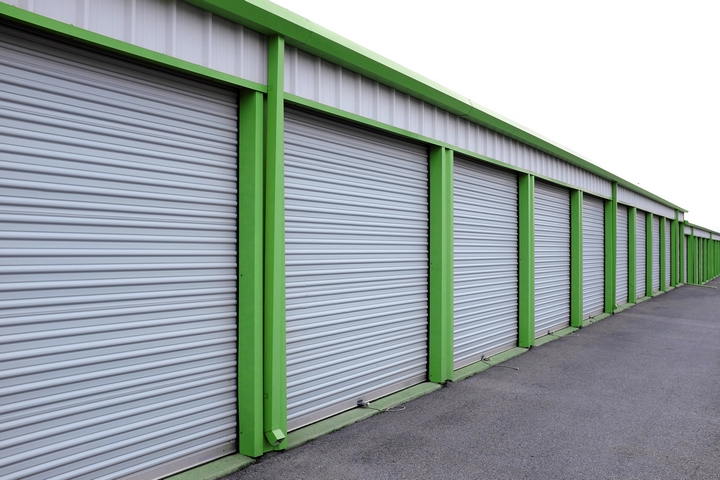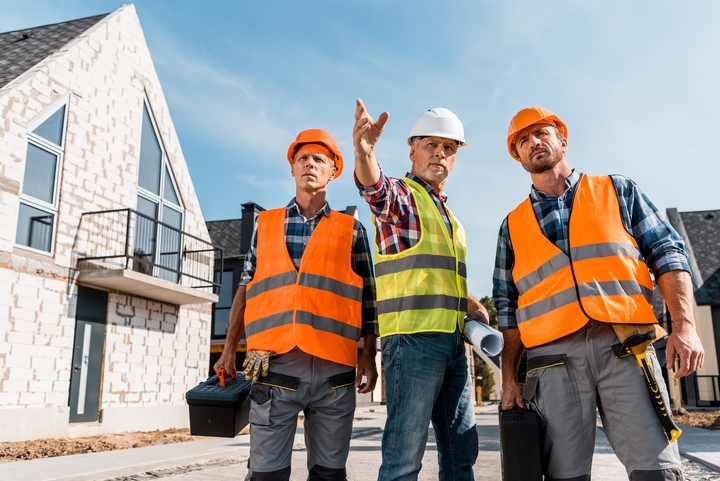A traditional construction contract will have some fairly typical stakeholders. Each party has clear responsibilities pre-established for every actor onsite. From the top-down, a construction project is only successful if each stakeholder does their part and fulfills the role they are given.
Every role supports one or more roles on site. That’s why hiring the right people for your construction project is a must. The average project will require common construction project roles and responsibilities. Here are ten different construction project roles and responsibilities:
1. Construction Workers

Construction worker is a very general term. They include workers tied to the contractor as well as general labourers. These workers are the team that does a lot of the heavy lifting on a construction project, literally. They are tasked with the demolition, construction, operating heavy machinery, and performing the typical day-to-day construction tasks.
They work under a construction supervisor and work collaboratively. A construction firm is only as strong as the construction workers they hire and have under their umbrella.
2. Architect

An architect is directly tied to the client’s needs and transfers those into something practical, ensuring that it fits into functional aspirations, what’s feasible, and building regulations. Architects consult with certain stakeholders of a project before the start of the construction project, referencing budget and schedule to deliver the right expectation for all involved.
3. Construction Administrator
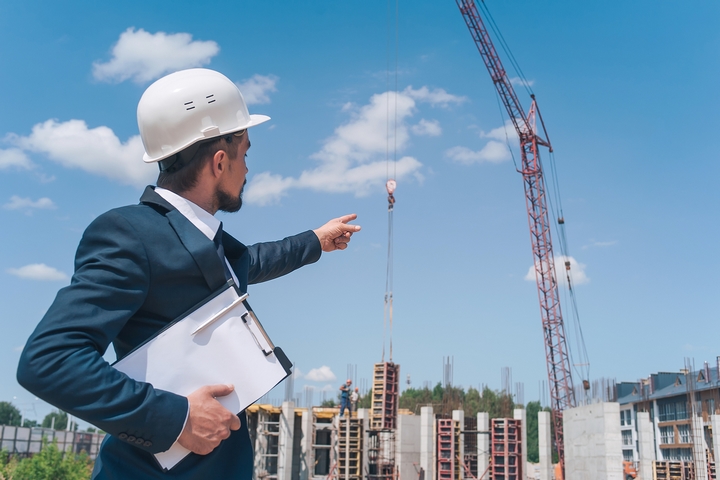
A project administrator handles all the paperwork involved with a construction project. There’s often a lot of it. An administrator will do things like track payroll and onboard new workers. They also ensure compliance with all relevant laws and requirements.
Other responsibilities include filing key project documents, tracking payment to vendors and subcontractors, and more. The project administrator would typically handle anything involving documentation or filing paperwork. This role is often found among commercial construction companies.
4. Construction Engineers
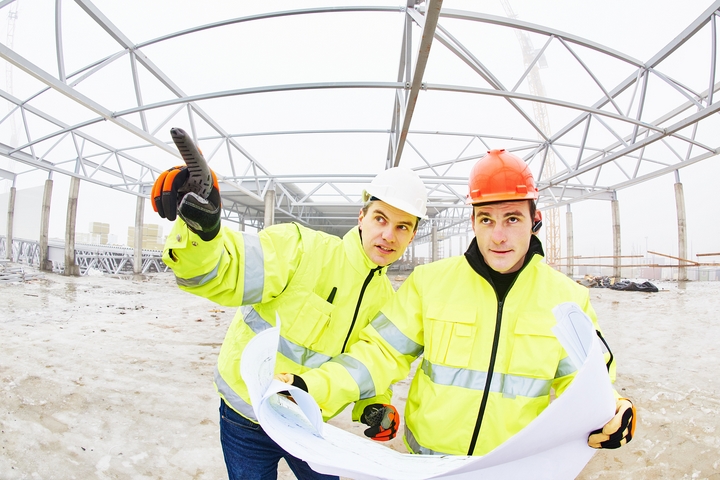
Depending on the construction project, several engineers are likely to be involved. From structural engineers to civil engineers and others, an engineer’s role is to ensure a design will perform well long-term and satisfy certain safety criteria.
A construction project that can’t withstand extreme events can result in materials bending, twisting, vibrating, and collapsing instead of being strong and secure for their lifespan. An engineer will ensure one’s installation and build strong and secure.
5. Project Manager
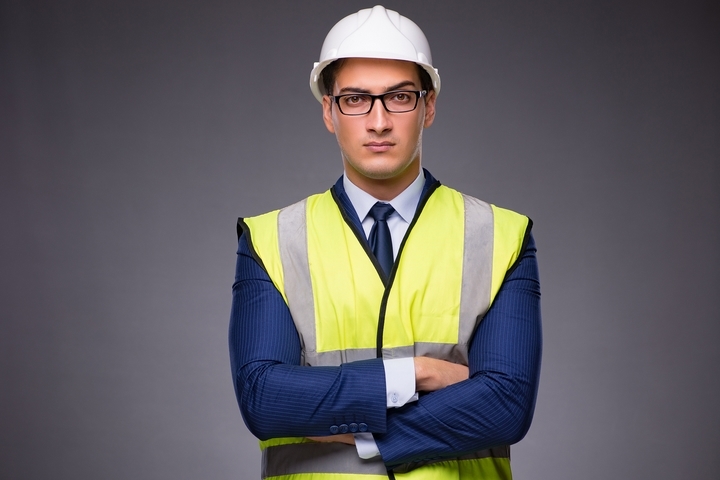
The project manager oversees the planning, scheduling, directing, and controlling of a construction project from start to finish. They handle everything, from cost control to submitting estimates, monitoring progress, and preparing contracts with contractors.
A project manager also helps with implementing quality control, authoring reports for clients, and supervising the activities of subcontractors and others onsite. They’re ultimately the ones who are tasked with ensuring the work delivered adheres to the contractual agreement.
6. Construction Superintendent
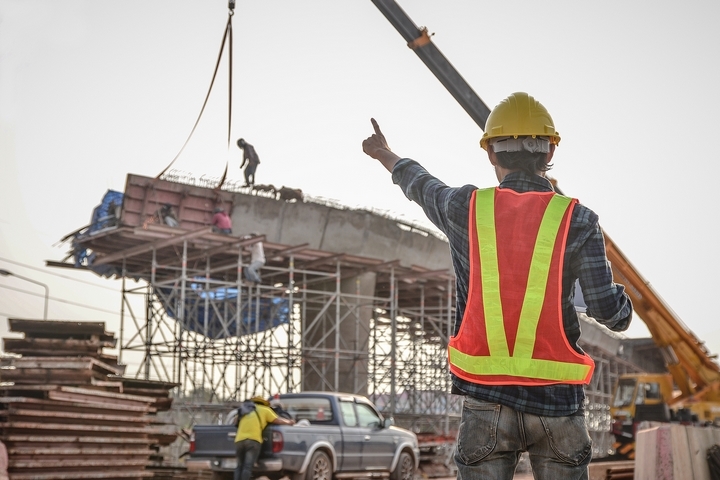
The superintendent is quite similar to project managers. They work hand-in-hand and share many of the same responsibilities, such as ensuring a project’s schedule, budget, and quality compliance. Most project managers carry out their role from behind a desk, however.
A construction superintendent performs their duties onsite, handling quality control and tracking daily activities. In addition, the superintendent helps with documenting unexpected delays, overseeing field workers, and hiring field crews as needed. Superintendents are very skilled at what they do and are an important component of any project.
7. General Foreman
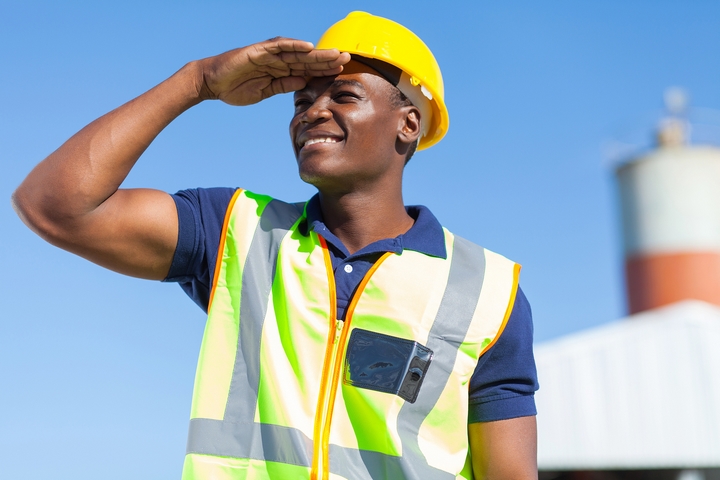
The general foreman is the highest rank on the job site. They work alongside field crews, oversee trade-specific foremen, and report to the superintendent. The general foreman makes sure everyone’s performing up to standard, following safety protocols, and not neglecting any responsibilities they have.
The foreman is tasked with identifying issues, problems, or changes, essentially being who anyone is to go to onsite when something unexpected occurs. From the materials to tools, equipment, and other logistics, the general foreman handles it all.
8. Trade Foreman
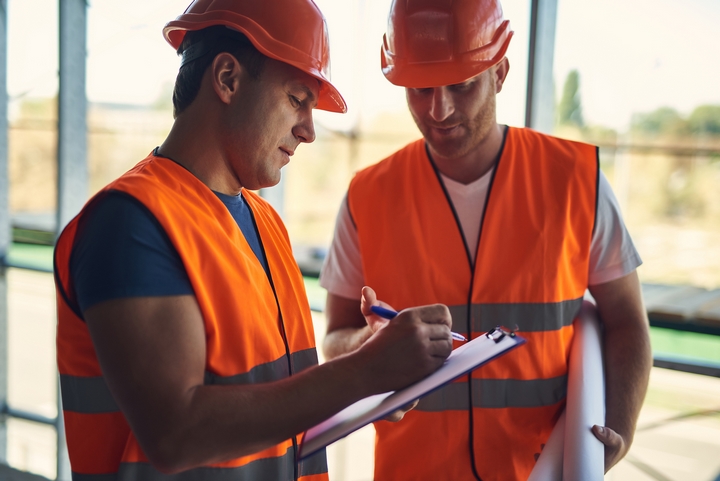
Often, several trade foremen are on any construction project, also known as ‘working foremen’. A trade foreman is hired for specific tasks. They have an assigned crew that they manage daily, ensuring that the work is designed, done safely, and up to expectation. Trade foremen often come with the crew they are tasked with managing, be it a concrete foreman or an electric foreman, carpentry foreman, ironworker foreman, or otherwise.
9. Subcontractors
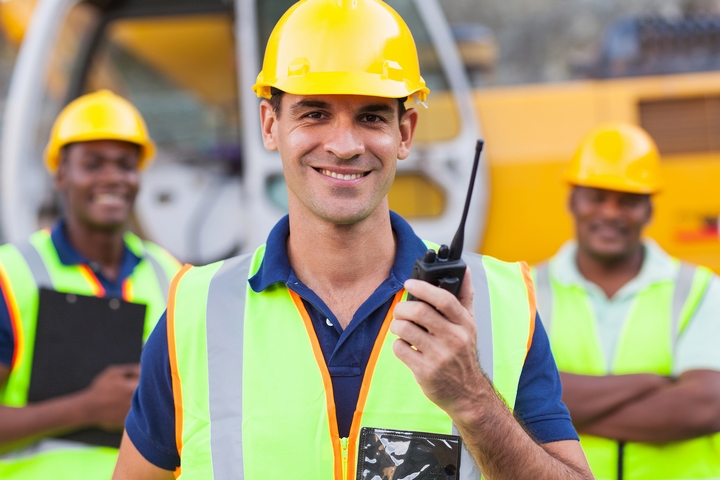
Every construction project will likely have a long list of subcontractors they need to hire to complete the design. Some more common subcontractors include electricians, plumbers, carpenters, drywallers, painters, landscapers, roofers, and flooring specialists.
While the construction project company is the main contractor, they or a general contractor hires subcontractors who specialize in the tasks mentioned. Subcontracting allows a construction firm to complete a projected top to bottom, bringing in the needed specialty workers.
10. Construction Client

The client is the ultimate decider on the aesthetic and function of construction. A client influences what, where, when, and whom. They do not need to have any knowledge of construction. At the point of conceptualizing the project, the client is heavily involved, setting expectations related to schedule and budget.







